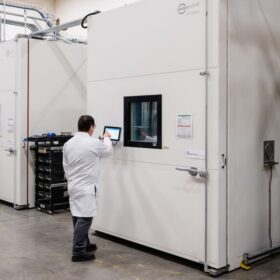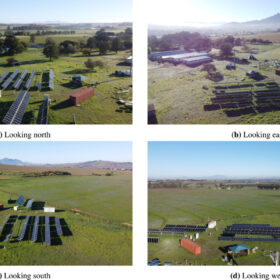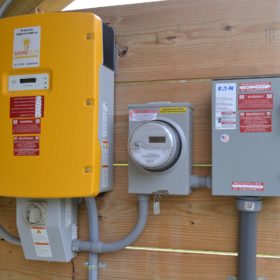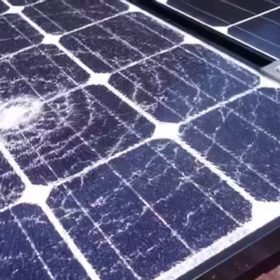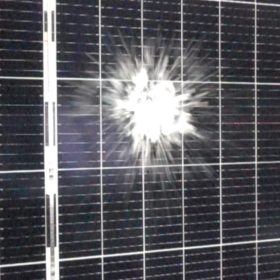Solar panels: Larger, thinner… and weaker?
With hailstorms in the United States and Australia severely damaging solar arrays – including “golf-ball sized” hail at the 350 MW Fighting Jays project in Texas in March 2024 – insurers are raising premiums and reducing or canceling hail coverage. Everoze Partner Simon Mason discusses the challenges the industry faces in minimizing its hail risk exposure.
Kiwa PVEL, Kiwa PI Berlin outline best practices for PV module quality
Kiwa PVEL and Kiwa PI Berlin have published a white paper that uses recent module testing and in-factory data to guide the best use of testing and inspection metrics. The paper aims to ensure that solar modules meet acceptable quality standards.
The effects of wind on single-axis PV trackers
Scientists in South Africa have conducted full-scale research on the effect of wind load on PV panel mounting rails for more than 100 days. Compared to standard design codes, they found lower combined wind load coefficients. Maximum loads occurred for an easterly wind direction.
How long do residential solar inverters last?
Multiple factors affect the productive lifespan of a residential solar inverter. In Part 2 of our series, we look at solar inverters.
How long do residential solar panels last?
Multiple factors affect the productive lifespan of a residential solar panel. In the first part of this series, we look at the solar panels themselves.
Back contact solar beats mono PERC at lifetime energy generation
A new analysis finds that back contact solar shows an average lifetime energy generation increase of 16.0% over mono PERC. The paper also says back contact had an average 9.7% shorter payback time and 10.7% lower LCOE across all modelled locations.
Top solar panel brands in reliability, quality, and performance
Solar modules are evaluated in the Renewable Energy Test Center annual PV Module Index.
Spontaneous glass breakage on solar panels on the rise
The National Renewable Energy Laboratory noted an increase in spontaneous glass breakage in solar panels. The PV Module Index from the Renewable Energy Test Center investigates this and other glass-related trends in solar manufacturing.
Weather-related damage to solar assets exceed modeling expectations by 300%
The report from kWh Analytics, with input from several industry leaders, identified 14 risks to be aware of in the solar industry, including risks related to extreme weather, such as hail, and operational risks.
Hail damage and toxicity risks in solar power plants
National news outlets reported resident concerns about leaked toxins from solar facilities in Texas that were damaged by a hailstorm. The Solar Energy Industries Association (SEIA) dispelled the reports, which contained categorically false information.

